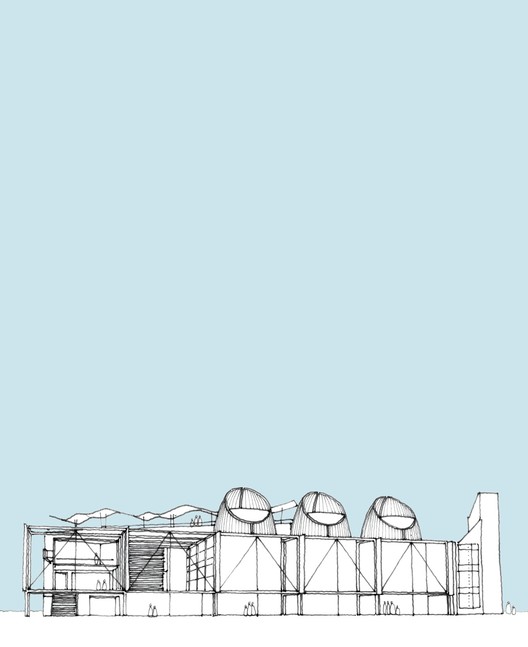
Indian Architect & Builder, through a two-part series titled ‘Practices of Consequence’ (Volumes I and II) delves deeper into contemporary Indian practices that have carved a unique identity and place for themselves in the country today. This article, part of the first volume of the series, takes a closer look at ‘Hundredhands’, a Bengaluru-based architectural firm.
Patient and purposeful, the work of Hundredhands responds to fundamental concerns of form and space, material integrity, economy and efficiency with a strong efficacy with respect to function and relevance. With a team of architects and architecture trainees directed by Bijoy Ramachandran and Sunitha Kondur, Hundredhands has a significant investment in the conceptual development of their work and architectural discourse as an extension.
Pragmatic and grounded in ‘doing’, the built work of Hundredhands is developed through an analytical process of drawing, physical and virtual model-making, detailing and a control on the process of building. Their buildings have a sense of clarity that comes through methodical process and elimination of the unnecessary. They use contemporary building technology and materials responsibly and with due regard to available skill. Their architecture is enriched through selection and restraint.



























